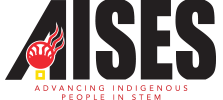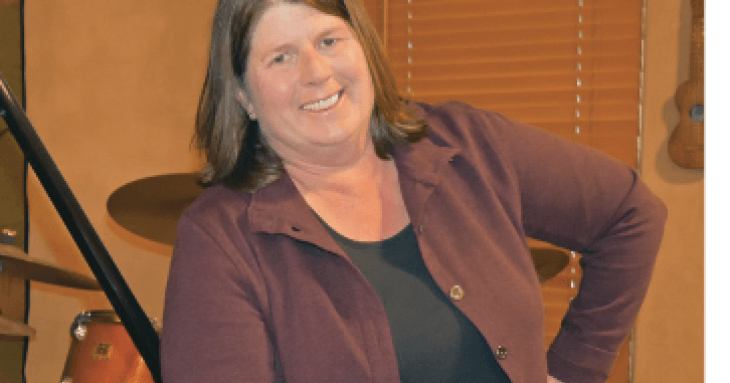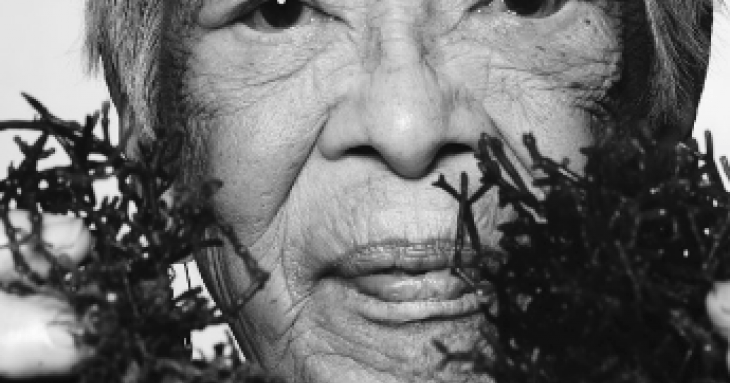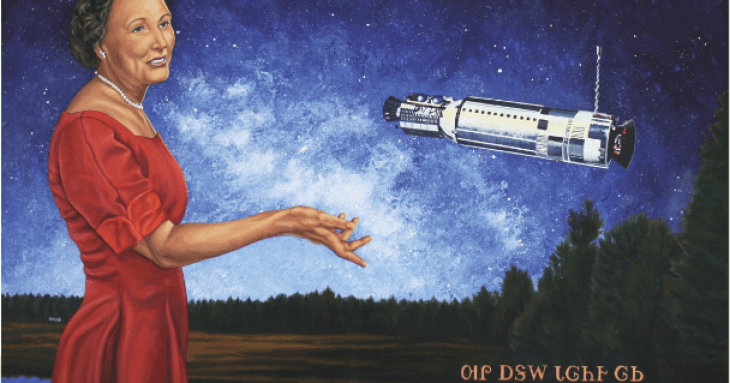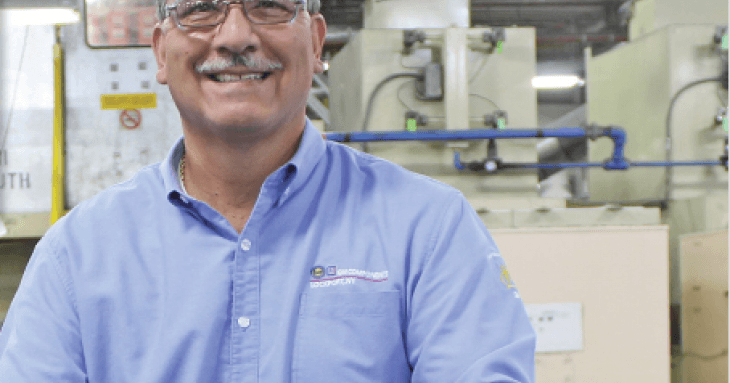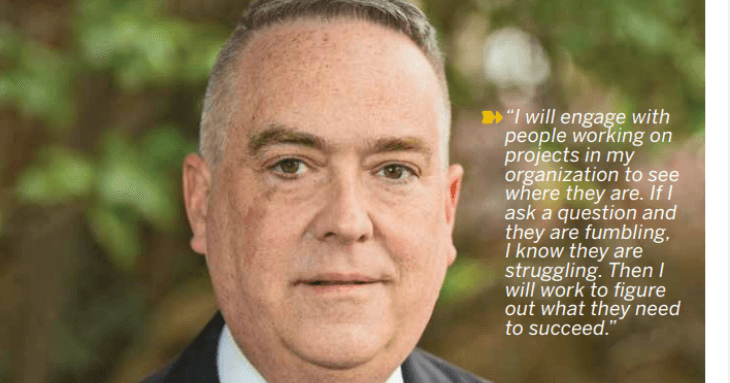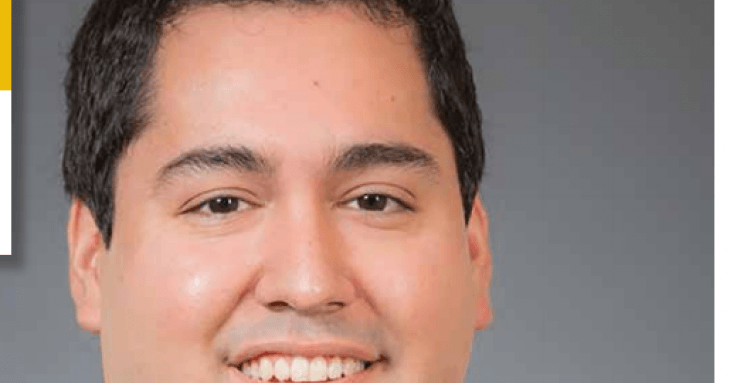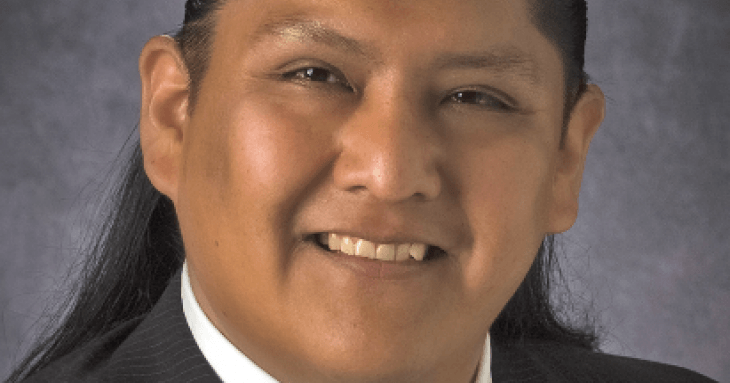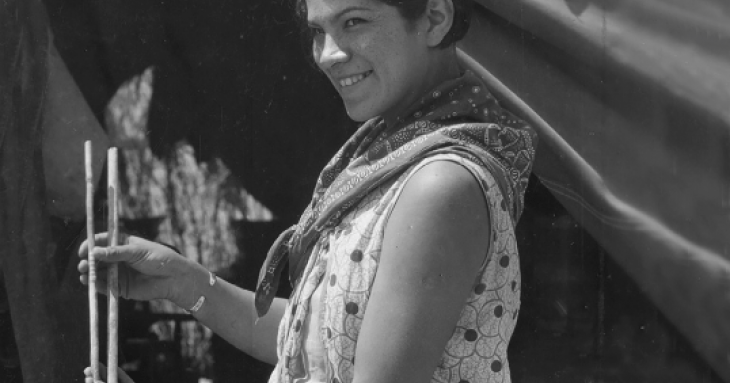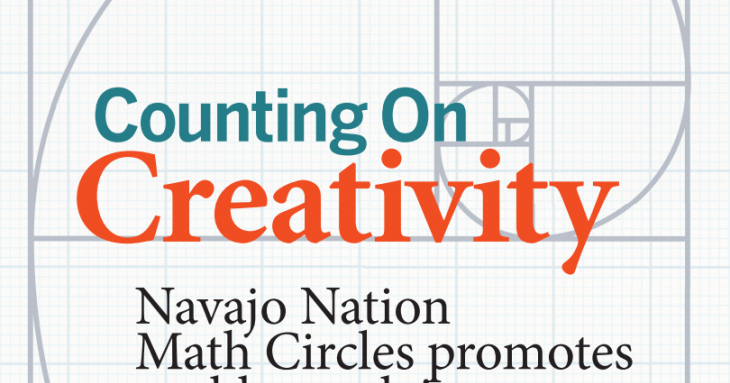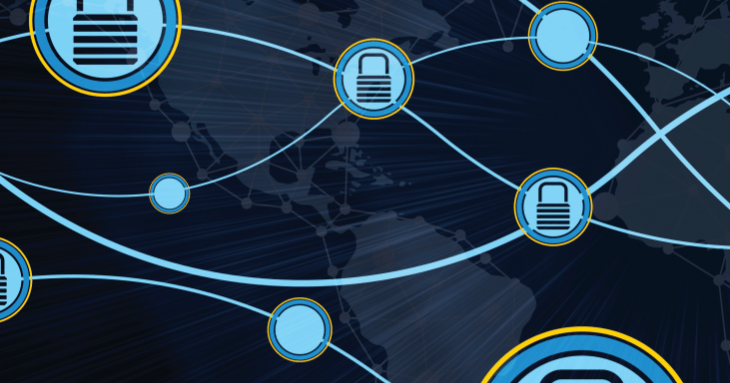-
Virginia Hernandez / Cherokee / AISES Professional Award: Technical Excellence
“Every day we work toward solving hard technical problems that matter.”
Not long ago, Ginger Hernandez and her husband, Emmanuel, went to a social gathering at a neighbor’s house. When a woman there asked Hernandez how her day was, Hernandez told her it was “fantastic!” Hernandez, Cherokee, says her answer was delivered with such enthusiasm that it prompted a little skepticism. “The woman said, ‘Really? It was fantastic?’ And I told her yes, it really was.”
-
Isabella Aiona Abbott Becoming The “First Lady of Limu”
The first Native Hawai’ian woman to earn a PhD in science, Isabella Aiona Abbott was one of the world’s foremost authorities on limu, or the more than 70 edible varieties of seaweed. Her work won Abbott the accolade “First Lady of Limu.” Also considered the foremost expert on central-Pacific algae, Abbott navigated an ocean of “firsts” for indigenous people through her 90 years (1919–2010).
-
Mary Golda Ross Marking “Firsts” In Aerospace
Mary Golda Ross could have starred in her own motion picture about rocket scientists of color. Ross, Cherokee, is best known for her work as one of the country’s original rocket scientists, but her role was so well hidden that in 1958 she easily stumped the celebrity panelists on the popular TV game show What’s My Line?
-
Professional of The Year / William Tiger / Miccosukee Tribe
When William Tiger was in the fourth grade he made the trek from his home in Florida to Washington, D.C. It wasn’t a school trip to tour the city’s monuments and visit the museums. Instead, Tiger ventured to the nation’s capital with three adults from his Miccosukee Tribe to appear before a U.S. Senate subcommittee meeting chaired by Robert Kennedy.
-
Executive Excellence / Gary Burnette / Cheroenhaka (Nottoway) Indian Tribe
When Gary Burnette was finishing up his degree in computer science in 1983, he knew exactly what he wanted to do with it: work at IBM. “There was no better place to be,” recalls Burnette, who remembers poring over glossy IBM brochures that detailed innovations the company was driving. “I was hoping I could get into a company that was advancing technology beyond everyone else and be a part of something on the edge.”
-
Most Promising Engineer or Scientist / Thomas Reed / Hopi
Reed has continued to work hard to help Native students interested in STEM careers. His efforts have led Raytheon to engage with local Native student communities in Boston.
-
Blazing Flame / Brandon Polingyumptewa / Hopi
Each year Polingyumptewa spends hundreds of hours mentoring and guiding young people who are interested in STEM.
-
Bertha Parker Pallan Cody: Taking A Scientific Approach to The Ancestral Record
Long considered the first female Native American archaeologist, Bertha Parker Pallan Cody led an intriguing life. She was born in 1907 to Seneca folklorist, archaeologist, musicologist, and historian Arthur Parker and Abenaki actress Beulah Tahamont. She was also the great niece of Ely S. Parker, engineer, attorney, and the first Native American commissioner of Indian affairs (and inspiration for the highest AISES award).
-
Counting On Creativity: Navajo Nation Math Circles Promotes Problem Solving
In the high desert around the capital city of Window Rock on the Navajo Nation, you will find a scene that has been common in Eastern Europe since the 1930s. Schoolchildren are gathered with heads bowed and pencils clutched, intently looking at math problems. They may be serious about the task at hand, but they also laugh, discuss, and debate a little before one steps to the board and lays out a problem — and an equation to solve it — in an exercise that demonstrates both technique and skill.
-
IT’S NO SECRET
When you think of careers in cybersecurity, do you picture fighting cyber threats with Mission Impossible cyber feats? Those slick scenes from Hollywood studios may get attention, but the reality can be even more compelling. While the term “cybersecurity” is relatively new, measures like firewalls, user authentication, and information assurance are long-standing industry protections. What’s different now is a renewed emphasis on security, resulting in stronger defensive infrastructure and more sophisticated offensive attacks.
Featured Stories
From Winds of Change Magazine and Paths to Opportunities Newsletters

